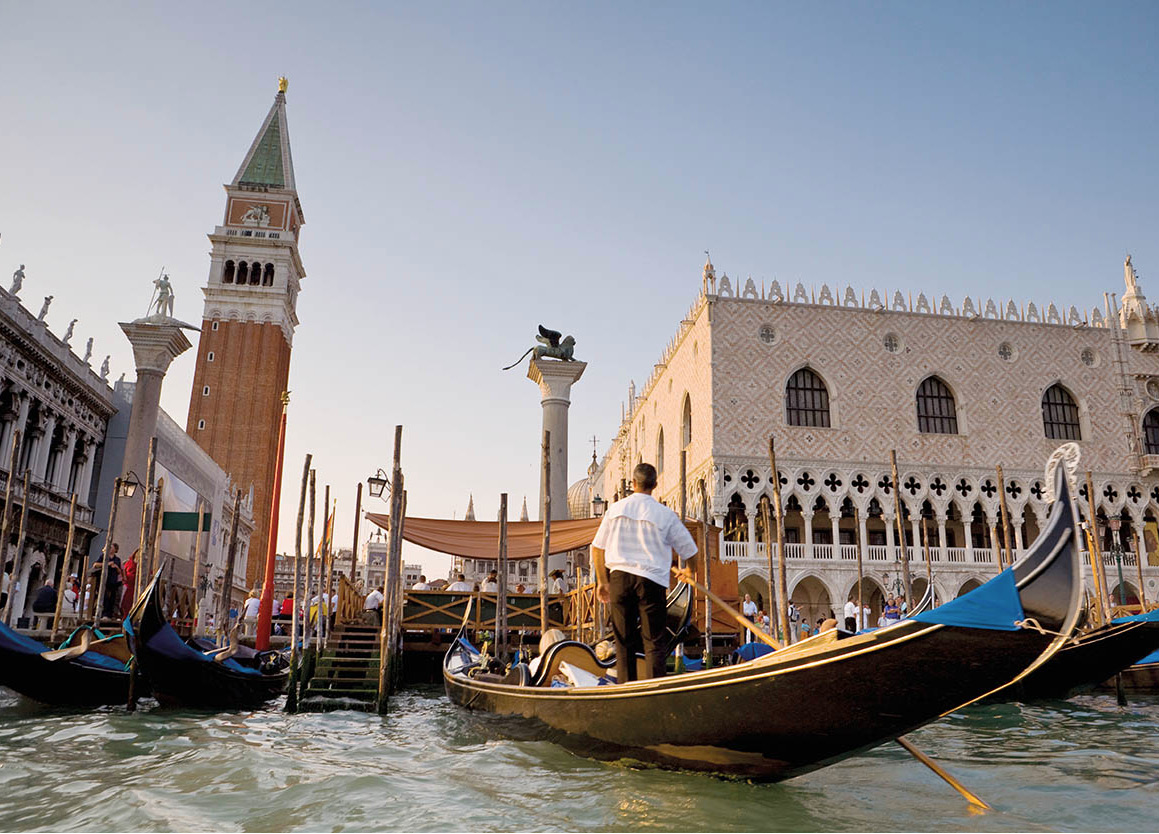Europe has the densest railway network of any continent, complemented by tram and bus connections that make public transport an easy and pleasant way to travel. And not only is rail travel safer than driving – car crashes remain the principal cause of holiday injuries and fatalities – it is kinder to the environment than cars or planes. Most countries have maintained a high level of investment in their railway networks, so levels of comfort – and speed – are high. Stations can be an aesthetic pleasure too: besides the great cathedrals of the Steam Age, modern architects such as Santiago Calatrava (Lisbon, Liège, Zürich), Norman Foster (Florence, Dresden) and Nicholas Grimshaw (Amsterdam) have added new sources of civic pride.
But the most compelling reason for choosing to travel by train is that it enhances the pleasure of travel: your holiday starts when you board. It is much easier to enjoy the landscape from a train; every passenger has stories of serendipitous meetings and good conversations, but you can just as easily take the opportunity for quiet contemplation or for reading a book; and overnight sleeping-car trains are something of an adventure, as well as a good way of saving on a hotel bill. In fact, train journeys offer the kind of experiences that travel should be all about.

The Landwasser Viaduct is a highlight on the Glacier Express route, and the train slows so that passengers can admire its curving masonry arches, which enhance the spectacular setting between Chur and Filisur.
RhB
High-Speed Europe

